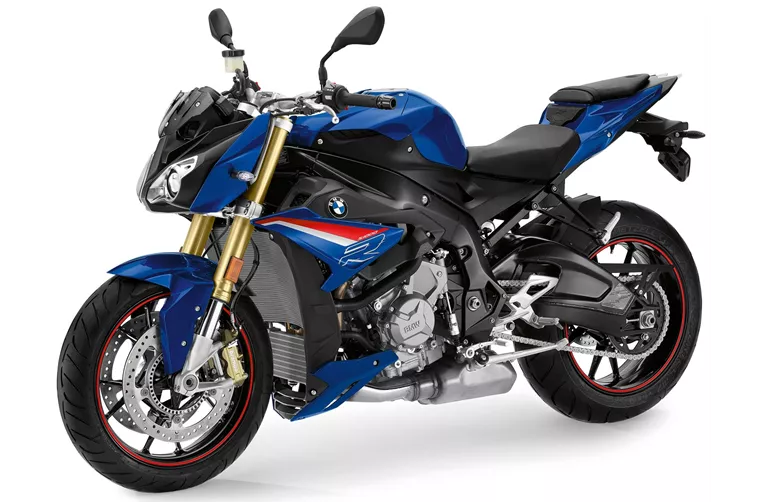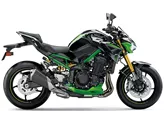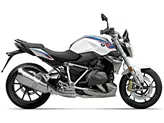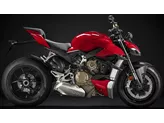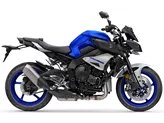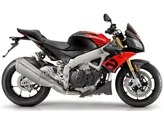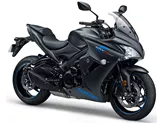Kawasaki Z1000 2014 vs. BMW S 1000 R 2020

Kawasaki Z1000 2014
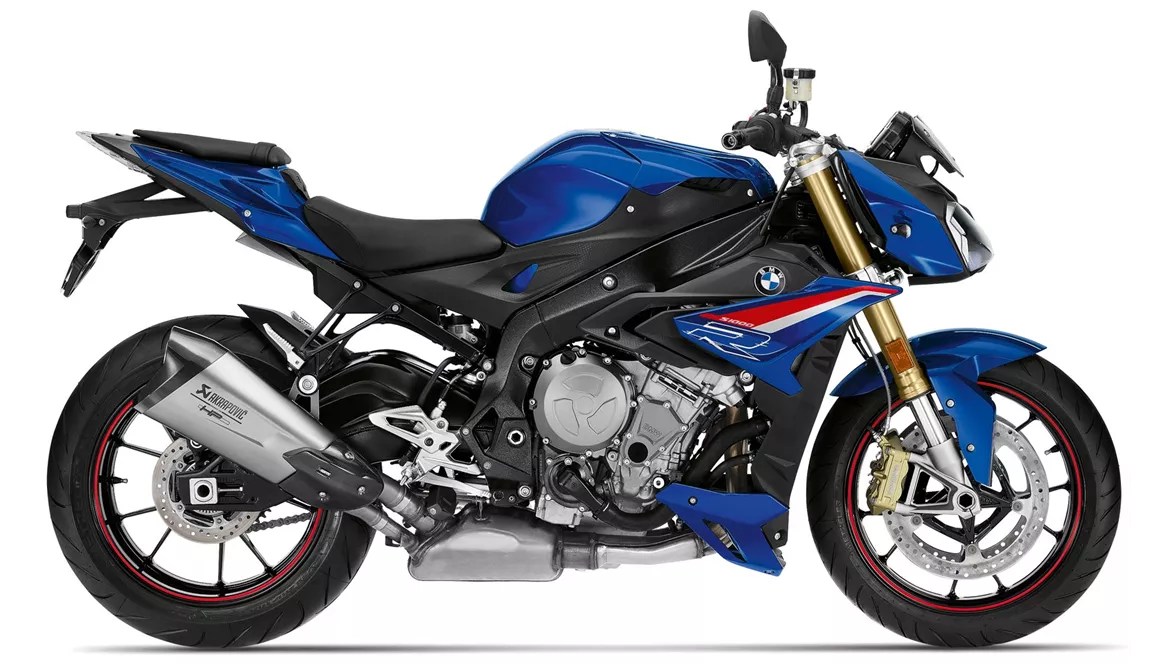
BMW S 1000 R 2020
Technical Specifications Kawasaki Z1000 2014 compared to BMW S 1000 R 2020
Pros and Cons in comparison
Pros and Cons in comparison
Kawasaki Z1000 2014

The Kawasaki Z1000 (2014) is a statement against the electronic trend of its time - and that is exactly what makes it special today. Its characterful four-cylinder engine, mechanical directness and uncompromising focus on the essentials strike a chord in a time when many bikes have become rolling computers. Yes, it does without modern Advanced Rider Assistance Systems and perfect wind protection. But it offers an authentic naked bike riding experience, paired with Japanese reliability and reasonable maintenance costs. The Z1000 is not a bike for data sheet junkies or electronics fans - it is a bike for people who still want to make their own decisions when rider. An honest bike with character that continues to inspire even after years and more than fulfils its role as an emotional alternative to the digital modern age.
BMW S 1000 R 2020
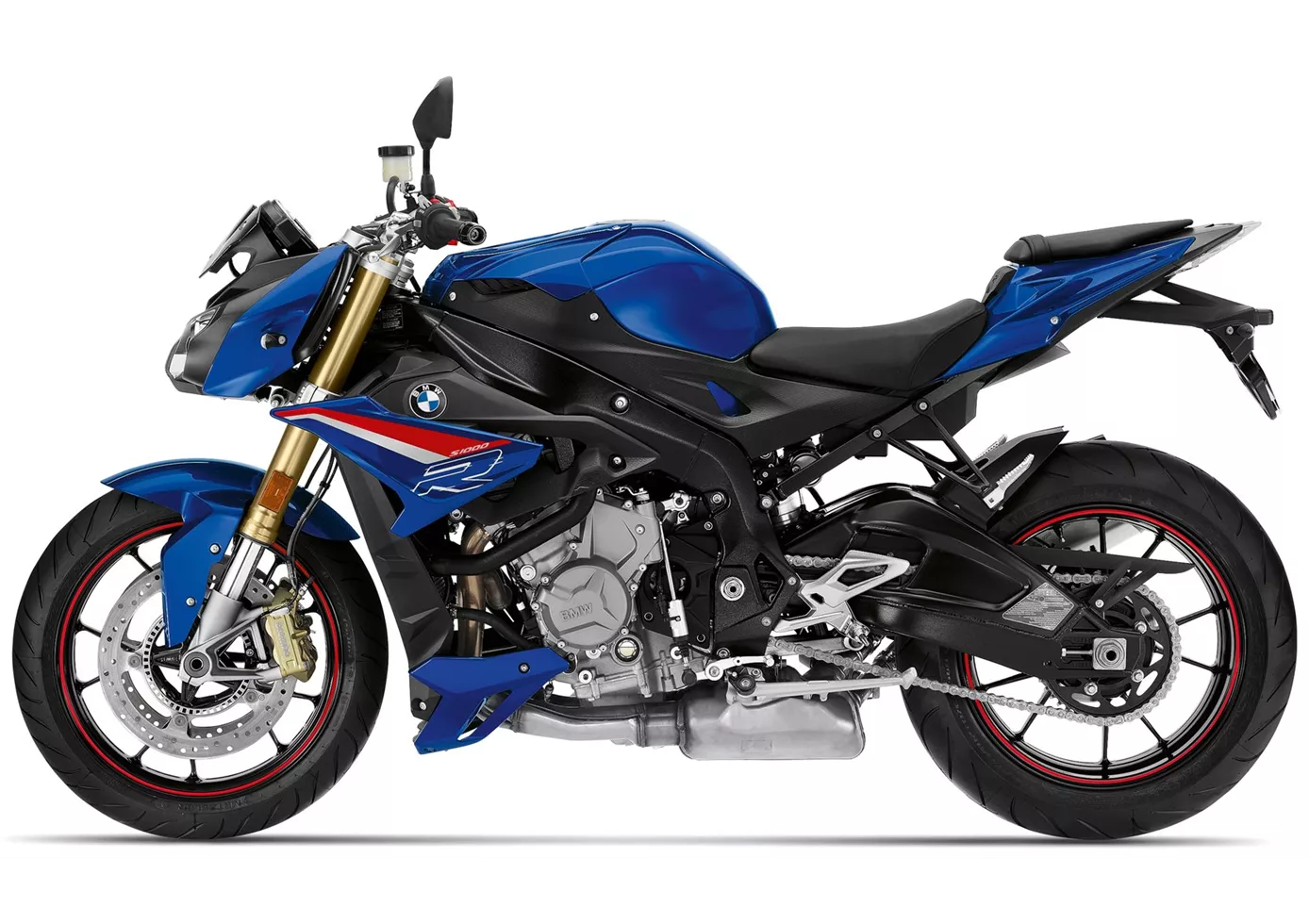
The seating position is sporty, but by no means uncomfortable, the brakes are powerful and the engine of the S 1000 R is at its best - perhaps even a little too homogeneous. There is also nothing to complain about on the riding side. Based on the pure performance data and the installed electronic features, the BMW probably has what it takes for the fastest lap time. And that on any kind of surface, because with the semi-active suspension you can eat up kilometre after kilometre on bad roads littered with potholes. Unfortunately, this feeling of superiority never really spilled over to the driver. Probably the downside of too much balance in all areas - at least in my Italophile eyes. The BMW lacked that certain something, the charisma, which is difficult to explain but arouses genuine emotions.

